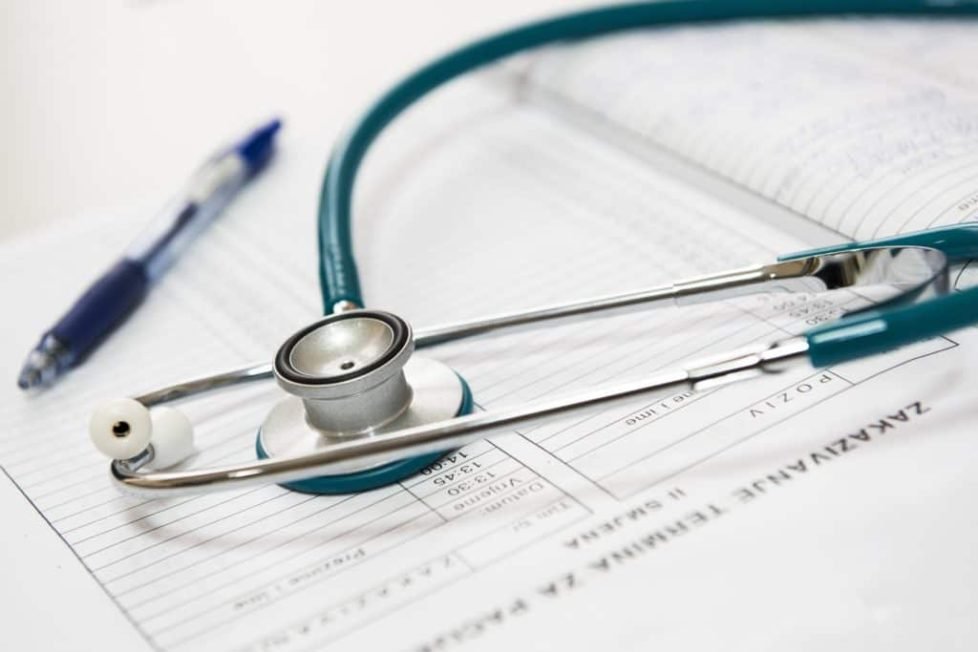Change in Approach: Medical Education


Health of a nation depends on its most important asset called “Human Being”. If a nation wants to excel socially, economically, then it should take care of well being of every human being that will bring glory to the nation. Best medical facilities and education paves the way for prosperity of a nation. We as Indians have to work a lot on medical education and facilities even after 70 years of freedom.
Let us first know about the medical colleges our nation has built and how it is influencing the each class of society.
In 1950, we had 28 medical colleges and by 2014, the colleges increased to 384, means in 64 years, 355 colleges are built.
2014 to till date, 148 colleges built and 75 new colleges are approved to be built in next couple of years.
In a reply to a query in Loksabha in March 2020, health and family welfare minister, Ashwini Kumar Choubey said, NEET (National Eligibility Cum Entrance Test) is the only entrance examination for admission to as many as 82,926 MBBS, 26,949 BDS, 52720 AYUSH and 525 BVSc and AH in 542 and 313 medical and dental colleges respectively. 82,926 medical seats are offered in 541 MBBS colleges, which include 278 government and 263 private institutes. Surprisingly, first time in the history of independent India, number of government colleges has surpassed number of private colleges.
The current government is seriously working on to bring exponential changes in the field of medical education that should have also been taken care of in first 65 years of independence. This least absorbed sector by earlier governments has resulted in demotivation, caused stress among our students at the same time huge financial burden on parents. seeing the competition, donation and total expenses of medical education owing to less number of seats, It is difficult for the bright students from middle class, Neo middle class and poor families to think and venture to study to get admission to Medical college. If colleges and systems were developed with the same pace as developed after 2014, we would have seen a healthier India.
This has severely affected the medical facilities and number of doctors and hospitals in India, the situation of medical facilities in rural area is pathetic though current government has initiated many reforms and infrastructure development, however it will take time to see the effect on ground.
The number of AIIMS (All India Institute of Medical Science) have been increased from 7 till 2014 to 15 by 2019 and few more are under construction.
The Indian government is consequently pushing for extensive reforms in medical education. In August 2019, it succeeded in getting through parliament a major reform package, the National Medical Commission Bill, 2019— a milestone achievement to “curb avenues of corruption and boost transparency, accountability and quality in the governance of medical education.” This reform will “increase the number of medical seats and reduce the cost of medical education. This means more talented youth can take up medicine as a profession and this will help us increase the number of medical professionals.”
Indeed, the National Medical Commission (NMC) bill introduces substantial changes and is expected to have a major impact on our medical system. It has replaced the corruption-plagued Medical Council of India (MCI), the country’s regulatory body for medical education for the past eight decades, with a more centralized national commission. It will also revamp medical licensing procedures and enshrine several recent reform initiatives, such as the standardization of admission requirements at medical schools nationwide.
One of the most pressing problems is India’s severe shortage of medical doctors. According to the World Health Organization, the country has only 7.8 registered medical doctors per 10,000 people, compared with 18 doctors per 10,000 people in China, 21 in Colombia, and 32 in France. What’s more, not all registered doctors in India are actively practicing, and many are poorly trained. Consider that the majority of allopathic (science-based) practitioners in the country—57 percent—lack a formal medical qualification.
While the country’s medical education system now produces more than 64,000 graduates in allopathic medicine a year, that number is insufficient to keep up with demand. Shortages are further exacerbated by the outmigration of many of India’s most qualified doctors, a pattern that makes India the largest supplier of migrant physicians in the world. More than 10 percent of international medical graduates certified by the U.S. Educational Commission for Foreign Medical Graduates, for instance, are Indian nationals. In the United Kingdom, likewise, Indian doctors are the largest group by far to have earned their medical qualifications overseas.
Fixing India’s broken health care system is a priority of the Indian government. In 2018, PM Narendra Modi launched, with much fanfare, a new public health insurance program (Ayushman Bharat), colloquially known as “Modicare.” The program is supposed to automatically cover hospitalization costs of up to 500,000 INR per year, per family for the poorest 40 percent of Indian society—some 500 million people—and establish 150,000 health and wellness centers throughout India.
New Education Policy will also aid in research-oriented approach in medical field. Though late, however we are moving in right direction to better ourselves in medical field.
DISCLAIMER: The author is solely responsible for the views expressed in this article. The author carries the responsibility for citing and/or licensing of images utilized within the text.
